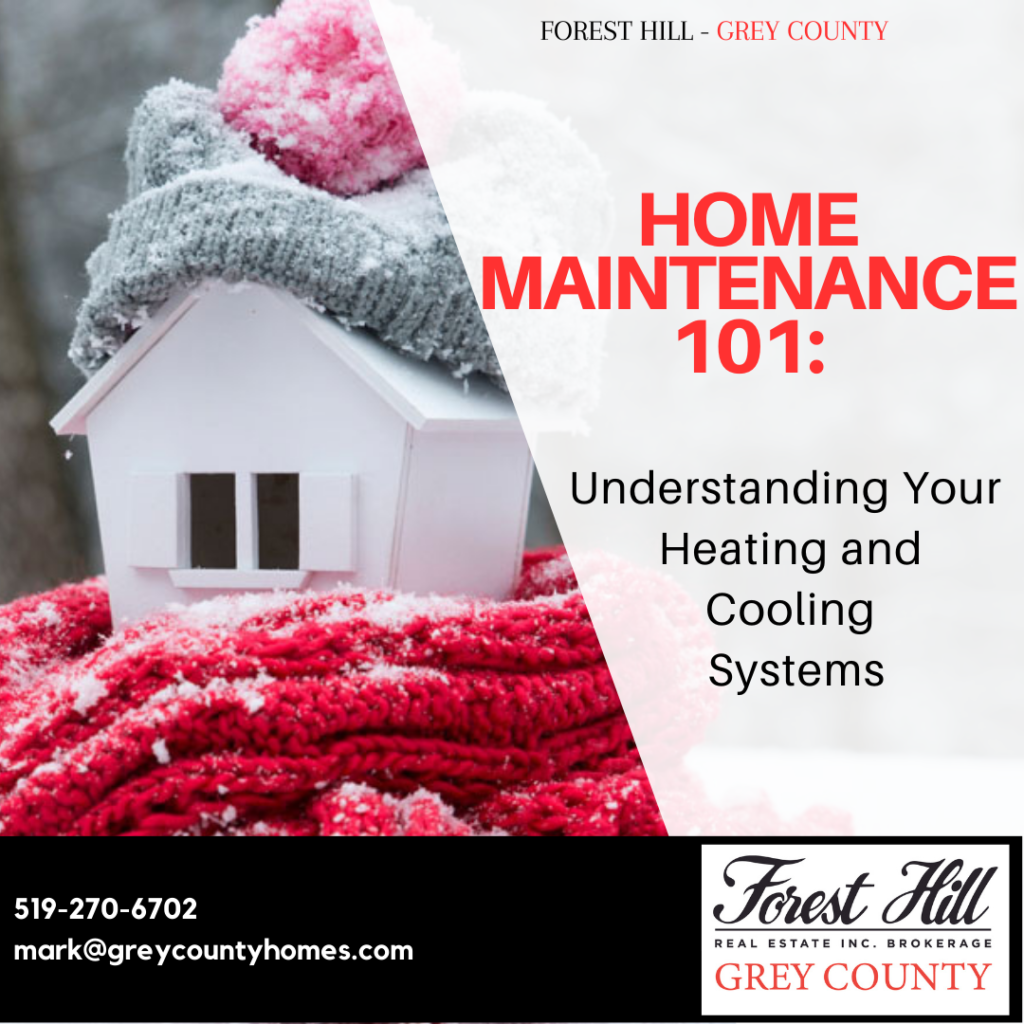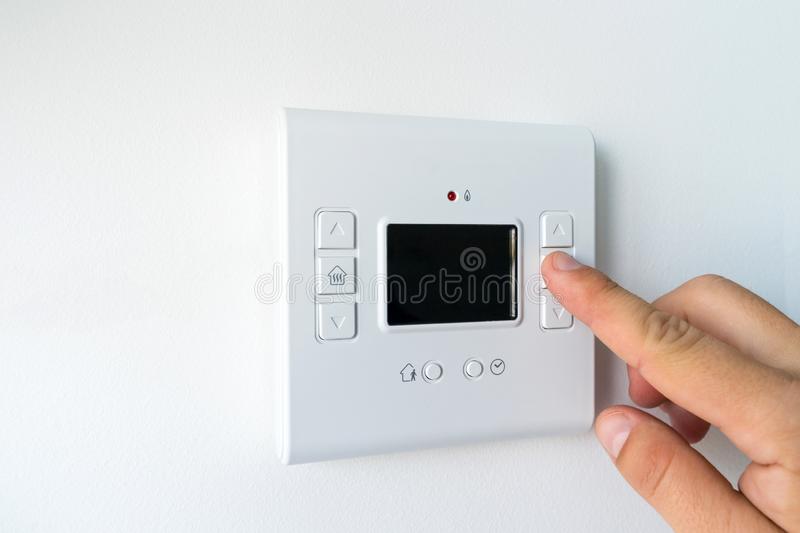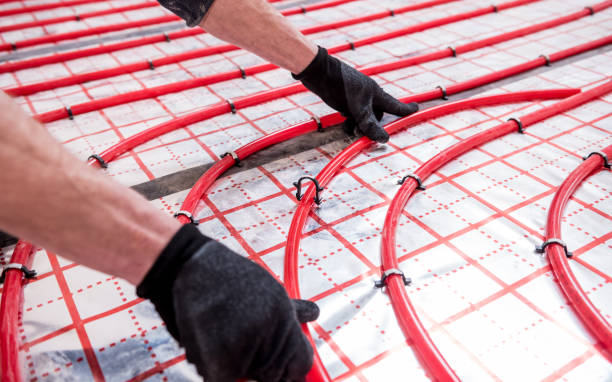
Understanding Your Heating and Cooling Systems
As published in the Feb 21/23 online edition of Realtor.ca – LivingRoom – written by Alicia Hearns
space
For most, the extent of our heating and cooling system knowledge is as follows: when it’s cold out, turn on the heat and when it’s hot, turn on the air conditioning. However, as homeowners, it’s important to know how these systems work, what maintenance is required, and when it’s time to look at updating your system.

space
The basics of HVAC systems
Your home’s temperature control system typically includes three basic components:
- a source for warm or cool air such as an air conditioner or furnace
- a means of distributing the air throughout your home such as ducts or vents
- a way to regulate the temperature, such as a thermostat. Fuel or energy is used to make the system run – everything from electricity to natural gas to propane
The whole system, including the air conditioner, heat pump, furnace, , ductwork, filter, air quality products, etc., is also known as a Heating, Ventilation, and Air Conditioning (HVAC) system.
space
How HVAC systems work
With most heating systems, fuel or energy, such as electricity, gas, oil, or wood, is used to produce heat. This heat is distributed through your home via ducts or pipes depending on your system. Some systems (like a ductless heat pump) distribute the heated (or cooled) air directly.
Traditional air conditioners have two components: an indoor coil and an outdoor condenser. These components absorb heat and humidity from within your home and move it outside to an outdoor unit. Refrigerant in your cooling system is key to this process. The refrigerant undergoes a transition from a gas to a liquid state, cooling warm when it comes into contact with the coils.
Ventilation refers to things like air distribution (ductwork), exhaust, filtering, energy recovery, and the like.
Most systems fall into one of these categories:
- Split systems: These are the most common systems – where there is one unit to heat air and another to cool it. The heating system is housed inside (usually in a basement) and the cooling system is placed outside. Hot and cold air is distributed throughout the home by ducts.
- Ductless systems: These systems have individual units that produce both hot and cold air for a specific room or zone. An unit is mounted indoors and is connected to an outdoor compressor.
- Hybrid systems: These systems are set up and function similarly to a split system. The difference is they can switch between fuel source (typically gas and electricity) to help maximize efficiency.

space
Common heating and cooling systems
Forced-air systems
These systems blow heated or cooled air through your home. A forced-air system distributes heat produced by the furnace or the coolness produced by a central air conditioner through an electrically powered fan, called a blower. The blower forces the air through a system of ducts throughout your home. As the warm air from the furnace flows into the rooms, colder air in the rooms flows down through another set of ducts (the cold air return system), to the furnace to be warmed. Central air conditioning systems use the same forced-air system, including the blower, to distribute cool air and bring warmer air back to be cooled.

space
Heat pumps
A fuel burning furnace is different from a heat pump in that it requires a fuel to produce heat. A heat pump takes heat out of the air (even when it’s really cold), compresses it, and moves it to another location. In the winter, that means moving heat inside, and the reverse in the summer. Heat pumps can be used in a split system (and ducted) or there are ductless options.
Geothermal heat pump
Where a traditional heat pump uses the outside air, a geothermal system uses the relatively constant temperature of the earth to transfer heat to and from your home through buried pipes (ground loops) to a heat pump.
Boilers
A boiler heats water which is then distributed through the home through pipes via radiators or a coil in your ductwork which is then distributed by an air handler. Boilers send cold water, hot water, or steam through pipes that run throughout your home.
Radiant systems
Radiant systems are run by a boiler and distribute heat using a radiator. Water is heated up by the furnace and heat is distributed through pipes that are embedded in the walls, floors, or ceilings. Radiant systems can only be used for heating.
space
HVAC maintenance
No matter what HVAC system you have, like most things in your home, they require regular maintenance. Taking care of your system can reduce your energy bills, resulting in the need for fewer costly repairs, better air quality, and less system breakdowns. While it’s best to leave maintenance of these systems to the pros, there are some things you can do to help extend their life.

space
Maintenance checklist:
- replace air filters regularly (every 30 to 90 days)
- check your smoke and carbon monoxide detectors monthly
- inspect ducts for dust, mould, or debris and consider having them cleaned (especially if you have pets or after a reno)
- during and after a heavy snowfall, make sure your furnace’s exhaust vent isn’t obstructed
- remove any debris from around your outside HVAC unit and clutter from the indoor unit
- ensure your outdoor HVAC unit is level
- ensure your thermostat is calibrated to your comfort preferences and monitor your energy bills accordingly
- check the batteries in your thermostat at least once a year
- Schedule regular HVAC maintenance with a trusted professional
space
Signs your heating or cooling system needs to be replaced:
The average lifespan of an HVAC system varies – typically anywhere from 10 to 25 years. Some symptoms that may suggest it’s time for a replacement include:
- it’s old
- It’s unreliable and needs frequent repairs
- it runs constantly
- some rooms or zones in your home are not heating or cooling properly
- air quality in your home is noticeably poor, such as excessive dust, high humidity, or the presence of a moldy odour
- your energy bills have been increasing unexpectedly
An outdated heating or cooling system won’t be as effective or energy efficient and can cost you more money compared to the cost of a new system. The cost of a new HVAC system depends on many factors, including unit type, whether new ducts are required, labour requirements, the size of your home, the number of floors and bedrooms and bathrooms, and weather.
space
Understanding the heating and cooling system you have, as well as how to maintain it, is a key component to homeownership. After all, an HVAC system that runs smoothly means comfort no matter the season. Wondering who can help you cross this chore off your list? Contact us today and ask for a referral. We have made connections with many local and reputable professionals and would be happy to recommend some to you!




